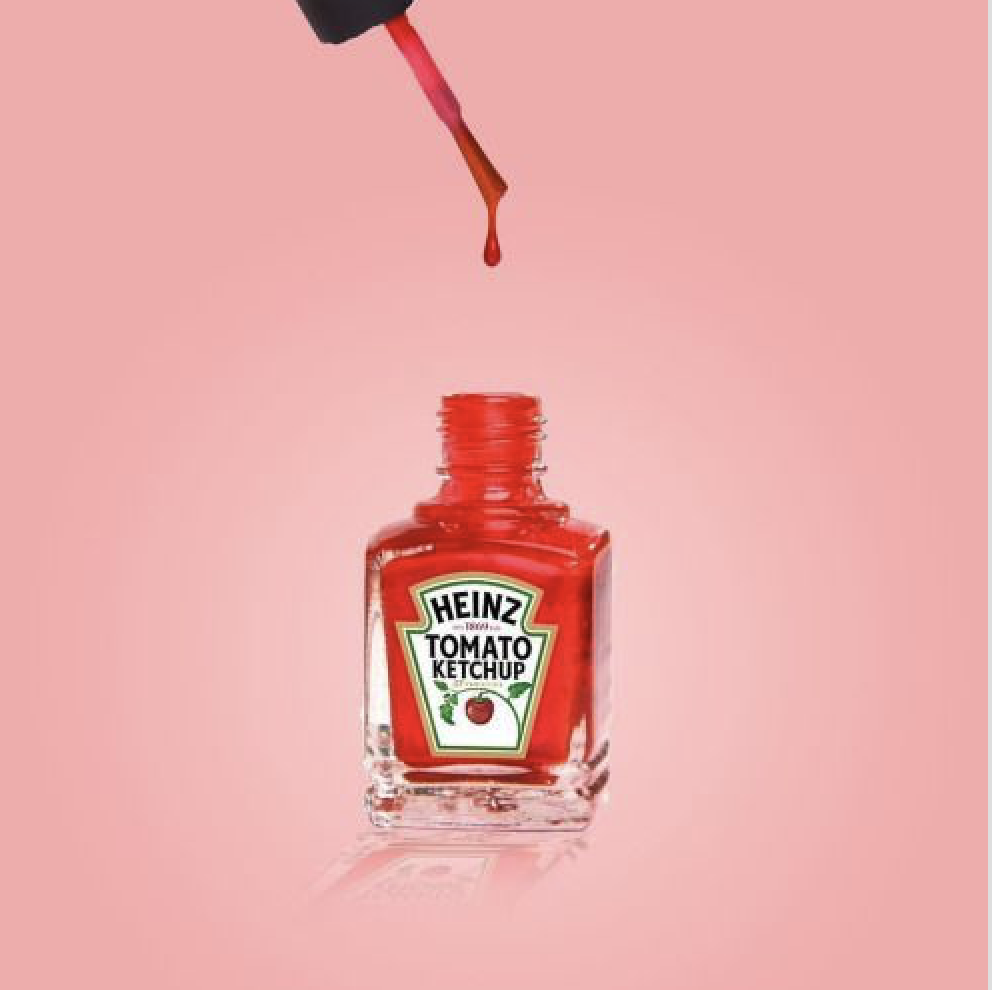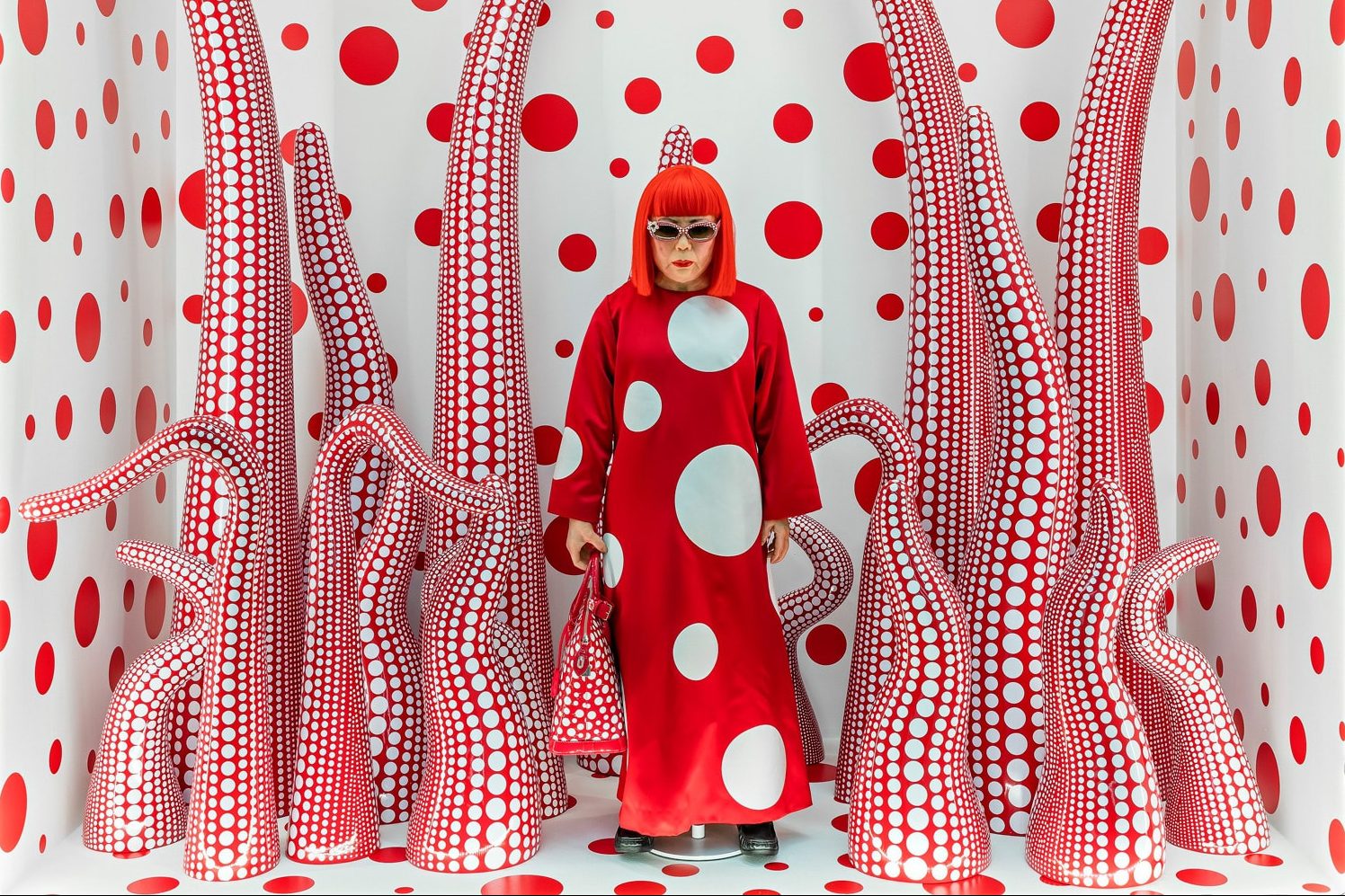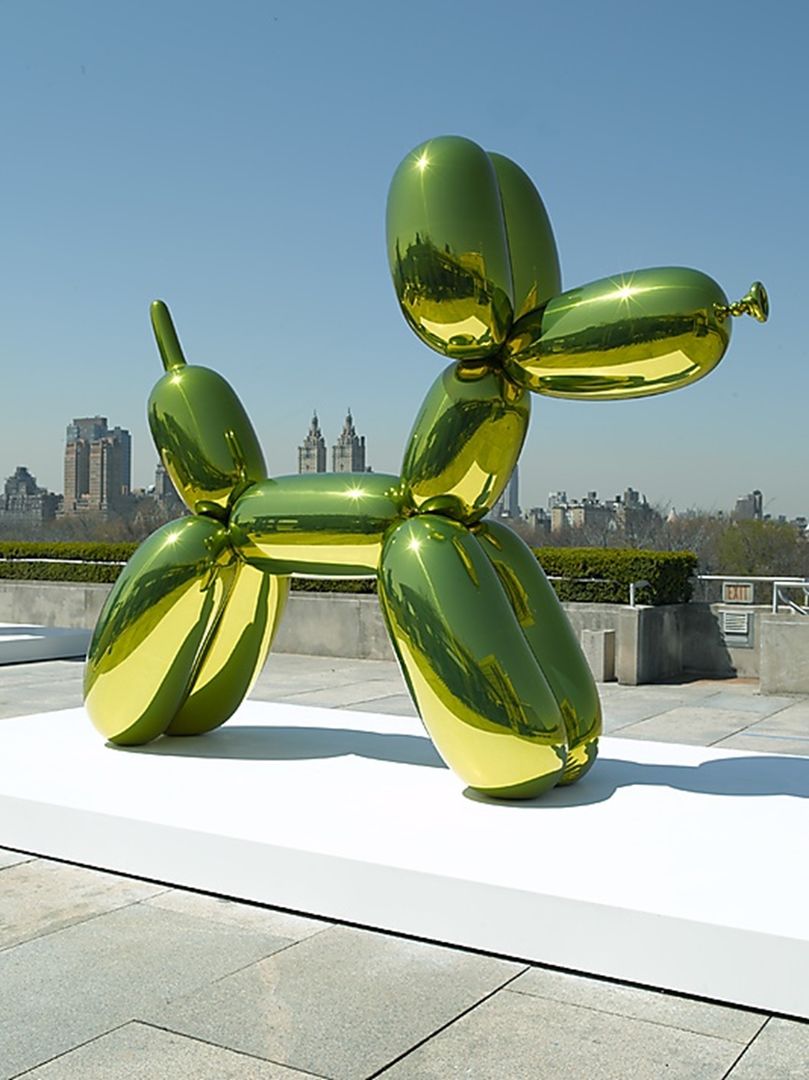
Kitsch is the German word for trash and is often used to describe cheap, meaningless forms of pop culture/commercial culture. Kitsch, also known as cheesiness or tackiness, and appeals to popular or uncultivated taste because the forms are often garish or overly sentimental, simply meaning that these objects are considered by other people to be ugly, without style, false, or in poor taste but enjoyed or appreciated by still other people in an ironic or knowing way or because it is funny or recognizable. Kitsch is often confused with the art form known as ‘camp’, and while they are similar and work hand in hand, I think the big difference is that camp is about extravagance and kitsch is about trash. They both are seen as ironic or seemingly meaningless forms of art and are often seen as comical. Kitsch began as an art movement around 1939 when the American art critic Clement Greenberg defined kitsch in an essay entitled Avant-Garde and Kitsch. He describes kitsch as “popular, commercial art and literature with their chromeotypes, magazine covers, illustrations, ads, slick and pulp fiction, comics, Tin Pan Alley music, tap dancing, Hollywood movies, etc, etc.” According to artist Roger Scruton, “Kitsch is fake art, expressing fake emotions, whose purpose is to deceive the consumer into thinking he feels something deep and serious.”
The main players of this movement are not well known probably because kitsch was not particularly well known or loved at it’s first exposure. Most people thought it was exactly what its name means: trash. As the 1960s rolled around and commercial culture was popularized the kitsch art movement took off. With artists like Andy Warhol and his notoriety for pop art and the soup can,

Yayoi Kusama and her beautiful pattern sculptures with phallic symbolism,

to Margaret Keane’s paintings of big eyed children,
and finally Jeff Koons and his massive sculptures depicting things like giant balloon animals and Michael Jackson.

Each artists is known for either taking pop culture and turning it into art or their art became pop culture. Either way Kitsch is a well love form of art in today’s day and age. There are whole museums dedicated to art that falls under the kitsch category. The best thing about kitsch to me is that there are so many possibilities for ideation and creativity has no limit. If you wanted to build a giant balloon animal…there are simply no rules.


4 Comments. Leave new
I’ve never heard of kitsch before so this post was very interesting. I like that you chose to explore an aesthetic that is not commonly considered. It would have been nice if there were a few more pictures of examples so I could have had a slightly better understanding of the art-form.
i agree more pics would have been better ill try to add more
I’ve never really known how to define kitschy, so this was really interesting. Have you considered exploring common gifts or items that people tend to have in their house that can be defined as kitschy? Also, is the line between kitsch and profound purely defined by the viewer and always up for interpretation, or is there another way to determine what is “trash” and “fake emotions”?
i think most people would say that it is up to the artists interpretation of pop culture or commercial culture